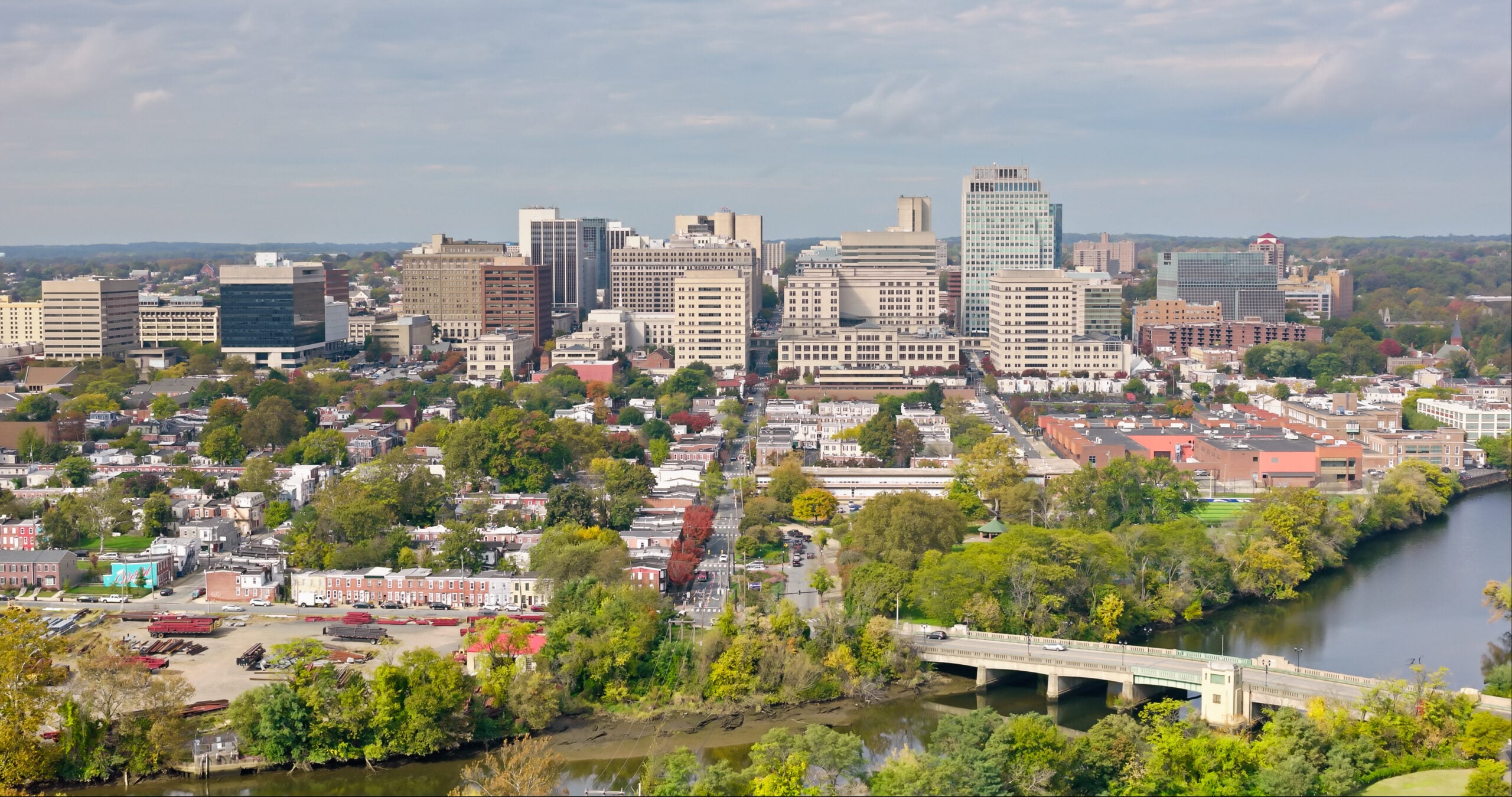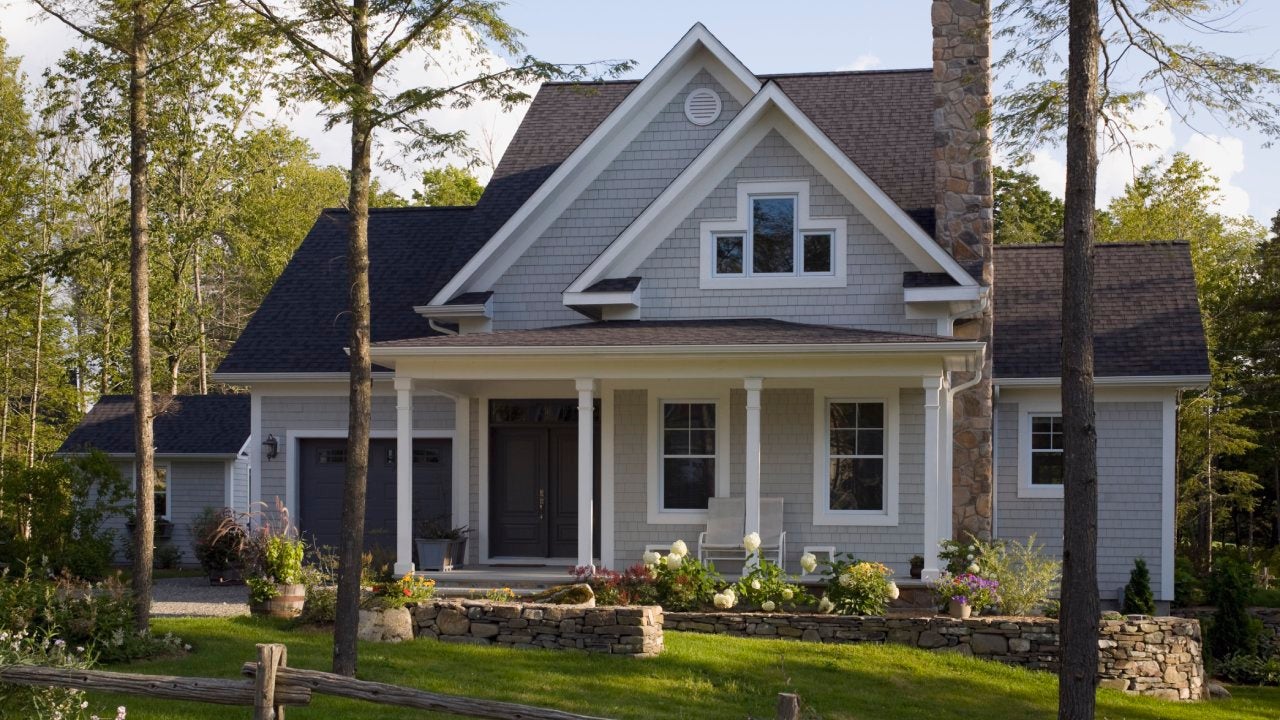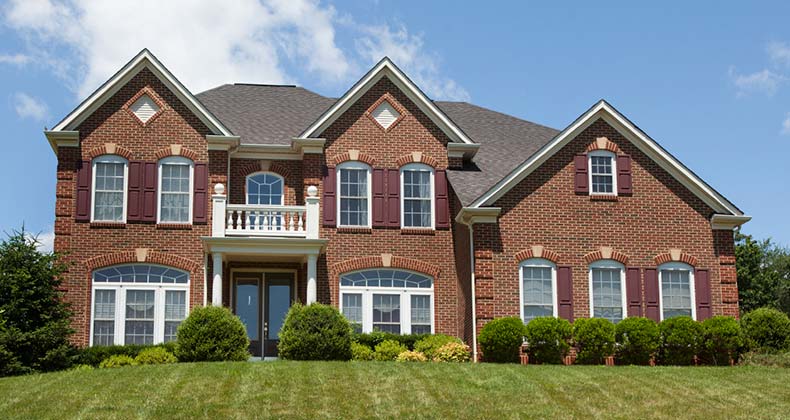Delaware is the best state to retire in: Here’s why it won Bankrate’s top honors in 2024

The top state for retirement is Delaware, according to Bankrate’s 2024 Best States to Retire study. The Mid-Atlantic state sits atop the rankings due to strong scores on residents’ well-being and weather, while still offering reasonable affordability.
Delaware offers strong lifestyle benefits such as a higher proportion of older Americans and a moderate climate, and it does so while not costing too much. Delaware scored well there due to low combined state and local sales taxes and the cost of home insurance.
Affordability is particularly important for older Americans since so many live on fixed incomes. A total of 41 percent of Americans who report that they’re not financially secure point to their lack of retirement funds as a key reason, according to Bankrate’s 2023 financial freedom survey.
“The reality is that most Americans feel behind on saving for retirement, which means affordability is critical,” says Bankrate analyst Alex Gailey. “A move to a more affordable location could be an effective way for soon-to-be retirees to stretch their retirement savings in this economy.”
Even without one of the best retirement plans, though, retirees can live a fulfilling retirement in Delaware and not bust the bank.
Why is Delaware the best state to retire in?
Delaware notched the highest score in Bankrate’s annual survey on the best states for retirement in 2024, which was based on the following factors and weighting:
- Affordability (40 percent): Delaware ranked 20th. This factor includes property taxes, state and local sales tax, homeowners’ insurance premiums and cost of living index.
- Well-being (25 percent): Delaware ranked second. This factor includes the number of adults aged 62 and older per capita, community well-being index, diversity index by state, and arts, entertainment and recreation establishments per capita.
- Quality/cost of health care (20 percent): Delaware ranked 39th. This factor includes the cost of health care per capita, health care establishments per capita and state health system performance.
- Weather (10 percent): Delaware ranked eighth. This factor includes the frequency of natural disasters and historic average temperature.
- Crime (5 percent): Delaware ranked 34th. This factor includes the crime rate per state.
Delaware took the top spot in this year’s ranking of the best states to retire, dethroning Iowa, which won last year’s honors.
“While Delaware is a pricier state to live in, the state’s high-quality health care, light tax burden, affordable homeowners’ insurance and good weather propelled it to the top spot this year,” says Gailey. “Delaware also scored well in diversity, wellness, and culture, and has a high share of residents who are 62 and older compared to its population.”

One of the best states for well-being
Delaware had an excellent showing when it came to Bankrate’s measure of well-being, which made up 25 percent of the overall score. Delaware ranked second overall in this category, which is scored for the number of adults aged 62 and older per capita, the community well-being index, the demographic diversity index and arts, entertainment and recreation establishments per capita.
Retirees may find plenty of other retirees in Delaware to be active with. The population that’s 62 and older is about 25.5 percent of the total population, ranking the state fourth in this category.
While Delaware has just over 1 million residents, it has a surprisingly large amount to do, on a proportional basis. In terms of arts, entertainment and recreation establishments per capita, Delaware came in 13th, just on the cusp of the top 25th percentile.
Delaware may also surprise you with its racial and ethnic diversity, where it ranks 15th for the most diverse population. In 2020, about 60.4 percent of the population was white (non-Hispanic), while 22.1 percent was Black or African-American. About 4.3 percent was Asian, 7.7 percent was of two or more races, and a further 4.9 percent was some other race.
Delaware ranked 18th in the community well-being index, as measured by ShareCare in 2022.
Overall pleasant weather
Delaware performed well in the weather category, which contributed 10 percent of the final score. The state benefits from the moderating effects of the Atlantic Ocean and is known for cold winters and hot summers with plenty of precipitation.
The average annual temperature in Delaware from 2000 to 2023 was 56.6 degrees Fahrenheit, according to data from the National Oceanic and Atmospheric Administration (NOAA). This average was warm enough to rank Delaware 16th. In comparison, Hawaii came in first with a balmy average of 75.7 degrees, while the retirement hotspot of Florida ranked second with 71.7 degrees.
Delaware also scored well on the natural disasters sub-category, ranking third there (tied with New Hampshire). The state recorded an average of one tornado annually from 2013 to 2022 and recorded no hurricanes during the period of 2000 to 2023, a notable positive compared to Southern states.
So, Delaware’s weather may prove satisfactory for those trying to avoid too much weather excitement.
Affordable state to live in
While Delaware didn’t fare exceptionally well in terms of its overall affordability, it didn’t do too poorly either. Affordability carried the heaviest weight in the Bankrate rankings (40 percent), and a solid enough performance – Delaware ranked 20th here – combined with strong performances in well-being and weather to boost the state to the top of the list. Delaware had exceptionally strong performances in a few sub-categories such as state and local sales taxes.
In the fourth quarter of 2023, Delaware ranked 33rd in terms of cost of living, with a score that was just two percentage points above average, according to the Council for Community and Economic Research.
The cost of living in Delaware for an individual is $2,109 per month, including rent, according to LivingCost.org. That compares to $2,433 in the U.S. as a whole.
Delaware’s median home sold for $356,000 in June 2024, according to Redfin data – still well below the median asking price of a U.S. home at $445,000 in the same period.
And when it comes to other costs of living, Delaware shines. For example, property taxes in the state averaged just $1,939 in 2023, good for 10th lowest in the U.S. Homeowner’s insurance came in at an average of $966 annually, placing the state in third place there.
And for state and local sales taxes, it can’t get any better – Delaware doesn’t charge them. Naturally, it ranks first in this sub-category. The state income tax rate tops out at 6.6 percent.
Things to consider before moving to Delaware
Delaware put up a fine showing in a number of categories, but it didn’t fare great in all areas. Anyone thinking of moving to Delaware will want to consider these other factors as to whether it makes sense for them. For example, the state scored lower in health care and crime – two areas that may matter more to America’s seniors.
Quality/cost of health care
Delaware’s weakest point in the Bankrate survey was in the health care rankings, where it came in 39th overall. This category was weighted at 20 percent, so Delaware’s performance here really hit its overall average. The factors affecting this ranking include health care cost per capita, health care establishments per capita and state health system performance.
Health care is a significant expense for older Americans. Fidelity Investments figures that a 65-year-old couple retiring in 2023 would need an average of $315,000 (after-tax) for health care expenses during retirement. So, health care should play a key part in retirement planning.
When it comes to personal health care spending, Delaware came in near the bottom, ranking 47th and spending an average of $12,899 per capita in 2020, according to the Kaiser Foundation. In contrast, Utah was the lowest at $7,522, while New York was the highest at $14,007.
The health care category looked at each state’s number of health care facilities per 100,000 people to measure physical access to care. The higher the number, the greater the access.
Here Delaware fared well, ranking 13th with 321 facilities for every 100,000 residents. In comparison, Alaska topped the rankings with 387 facilities for every 100,000 residents, while Alabama came in 50th, with 221 facilities for every 100,000 residents.
The final component of the health care ranking is state health system performance, which measures how well the system is working. Delaware ranked right in the middle of the pack – 24th – while Massachusetts topped this sub-category and Mississippi brought up the rear.
Health care costs are among the fastest-growing costs, rising around 6 percent per year by some estimates, and they’re a particular burden for older Americans, given their fixed incomes. Experts recommend planning for health care expenses early while also understanding what Medicare covers and what it doesn’t.
Crime rank
Delaware didn’t score well on the crime ranking – coming in 34th – but this segment has the lowest weight in the Bankrate scoring system, at just 5 percent. So, the lackluster showing doesn’t hurt Delaware much. Despite the ranking, it’s not far below average here.
The crime segment had two categories and here’s where Delaware ranked in each:
- Violent crime: In 2022, Delaware had 384 violent crimes per 100,000 residents, putting it in the 32nd best position.
- Property crime: In 2022, Delaware had 1,964 property crimes per 100,000 residents, ranking the state 33rd.
After weighting those factors, Delaware ranked 36th overall in terms of crime.
What can I afford in Delaware?
If you’re thinking about retiring to Delaware, it’s cheaper than even the affordability index may indicate. Delaware features below-average home costs – the largest expense for most families – as well as low insurance expenses, low property taxes and the lack of a state sales tax. Figuring out your budget for a new home is one of the first steps if you’re thinking about a move there.
This Bankrate calculator can help you determine what amount you can spend on your home.
Key stats about retirement
- About 62 percent of Americans say that being able to retire is part of the American Dream, according to an April 2023 Bankrate study.
- Americans’ top financial regret is not saving enough for retirement, with 21 percent of them citing it, according to a July 2023 Bankrate study.
- A total of 41 percent of Americans who are not completely financially secure say it’s because they don’t have enough retirement savings, according to Bankrate’s 2023 financial freedom survey.
- More than 80 percent of American retirees say health is the most important factor in a happy retirement, according to an AgeWave study.
- Fidelity Investments suggests that retirees have about eight times their annual salary by age 60. But that figure depends on your spending habits and the quality of your retirement.
You may also like

Does homeowners insurance cover water damage?

U.S. mortgage statistics and FAQ




